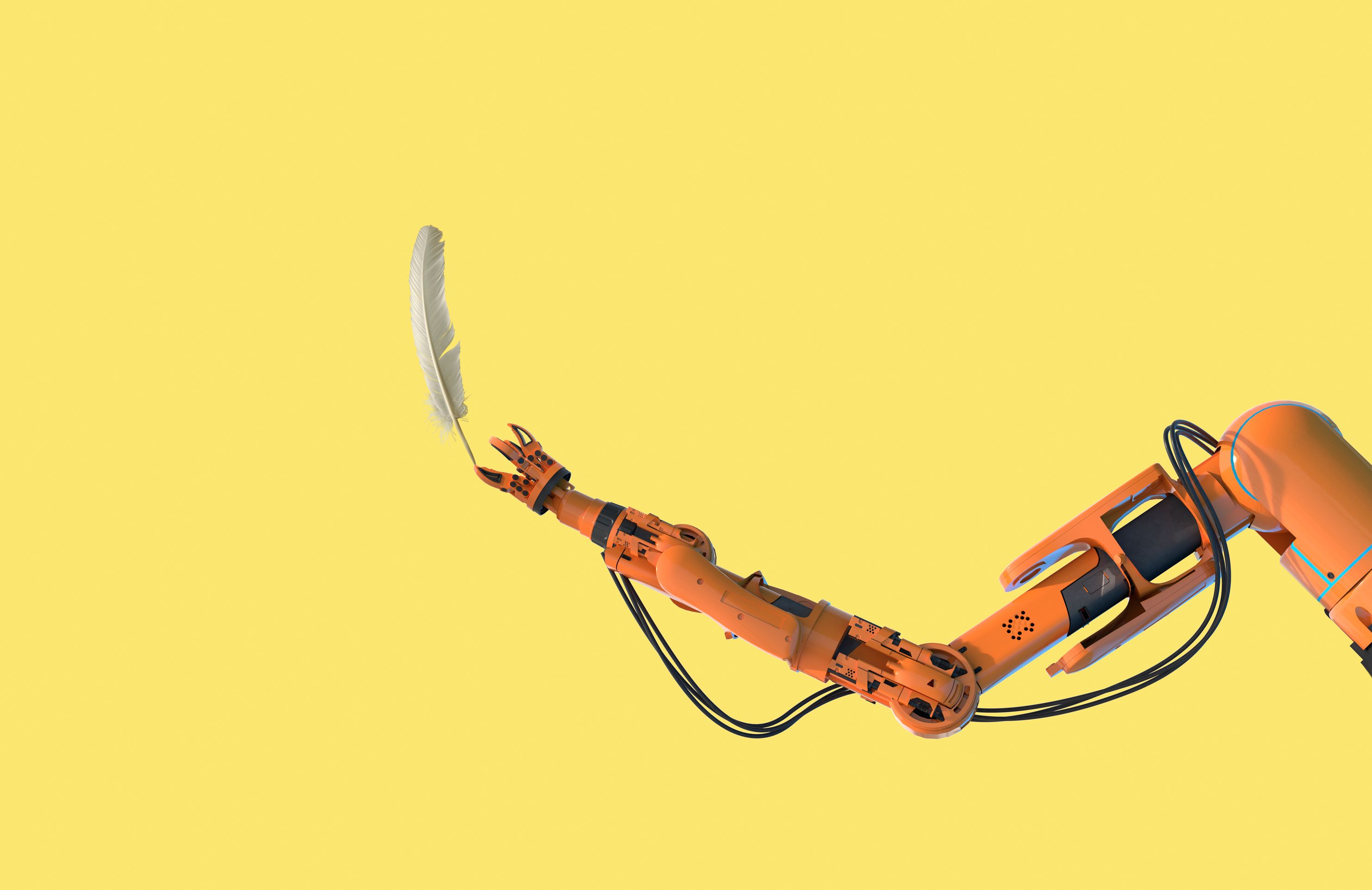Whether you’re a fan of artificial intelligence or not, the technology is here to stay — and many executives know that. Currently, 30% of leaders view keeping up with technological advancements as a top organizational challenge, with 52% planning to ramp up their AI efforts this year, according to “The New Era of Leadership” report by Chief.
In a conversation moderated by Chief Member Renee Ducre, Founder of Digital Business Consulting Group, Ducre, who has more than 10 years of data and analytics experience, spoke with fellow peers and tech leaders Karina DuQuesne, Maribeth Martorana, and Yvonne Li about the challenges and opportunities presented by AI and how leaders can successfully integrate it at work.
An Opportunity for Efficiency and Growth
While the technology is often perceived as a threat to jobs, DuQuesne, Martorana, and Li emphasized that, if used properly, AI can actually be a great tool for increasing efficiency, fostering growth, and reshaping roles rather than replacing them.
“AI is here to elevate our human experience. It's not here to replace our jobs,” said Chief Member Li, who serves as Vice President of Enterprise AI, Data, and Decision Science at Advance Auto Parts. Both she and Chief Member DuQuesne, a seasoned attorney who is Partner at Caldera Law and Founder at Valia Partners, explained that AI could automate repetitive tasks and streamline a lot of operations. For junior employees who are often tasked with smaller assignments, DuQuesne says AI can give them a huge leg up because it provides “the bandwidth to work on more interesting and strategic thought work, as opposed to menial tasks that can be done very quickly with technology.”
Chief Member Martorana, Senior Vice President, Product Strategy & Partnerships at Aiera, Inc., added that in the financial services industry she’s seen how AI can create new opportunities, detailing how the technology can help provide summaries of earnings transcripts, run sentiment analysis, and track changes in management strategies over time. This information, she says, can help enhance investment processes and decision-making.
Human Oversight Is Essential
“You're going to need constant human oversight [and] monitoring of the models to make sure it's working as expected, providing results free of bias, and performing as promised,” said Li. That’s why she recommends that every organization set up an AI governance board that comprises legal, government, and AI experts who can ensure that ethical considerations are top of mind, particularly in terms of protecting data privacy, limiting cybersecurity risks, and eliminating bias.
Ducre, a visiting professor at Emory University, agrees, adding that "AI lacks self-awareness and true understanding.” While the system has the ability to excel in specific tasks, she says it “lacks the holistic comprehension and consciousness associated with human intelligence,” which is why it’s imperative that leaders not view it as a replacement for the emotional intelligence that humans bring to the table.
Recognize the Need for Continuous Learning Without Overwhelming Staff
DuQuesne explains that the gender gap in technology today is actually greater than it was in 1984, which is why it’s critical that women leaders specifically take advantage of upskilling opportunities to stay ahead of the tech revolution. But rolling out a process for how AI will be implemented at work can present major challenges, DuQuesne says, including some employees feeling overwhelmed by the learning curve.
“Leaders will have to find a way not to create app fatigue,” she says. “If you're introducing eight different programs that employees have to learn, then the adoption rates are going to suffer and our ability to capitalize on the benefits of AI are not going to be optimal.”
In a previous role she held as Chief People Officer and General Counsel, DuQuesne says they introduced AI to staff through a pilot program where they took a small sample of employees and tested how certain AI tools could benefit them before rolling it out to all staff. With this program, she says they paid close attention to the tasks that gave employees anxiety such as project management, calendar management, or email management, and they tested how AI could help streamline that work.
“Part of the pilot was, ‘If you're on the marketing team, we're going to test out this specific tool for marketing. If you're on the sales team, we're going to test out this one,’” she said. “But we did it in a small concentrated bucket of a few employees before rolling it all out.”
While AI is still being viewed under a microscopic lens with leaders giving it both praise and criticism for what it can do, DuQuesne, Li, Martorana, and Ducre agree that we should all do away with the myth that AI will lead to mass unemployment and have a negative impact on the labor force. Ducre explains that executives who implement it strategically will see how it can positively improve their workforce.
“Successful AI integration involves upskilling the workforce, creating new roles, and contributing to a more dynamic job market,” says Ducre. “There are some downsides, but there are upsides as well."



